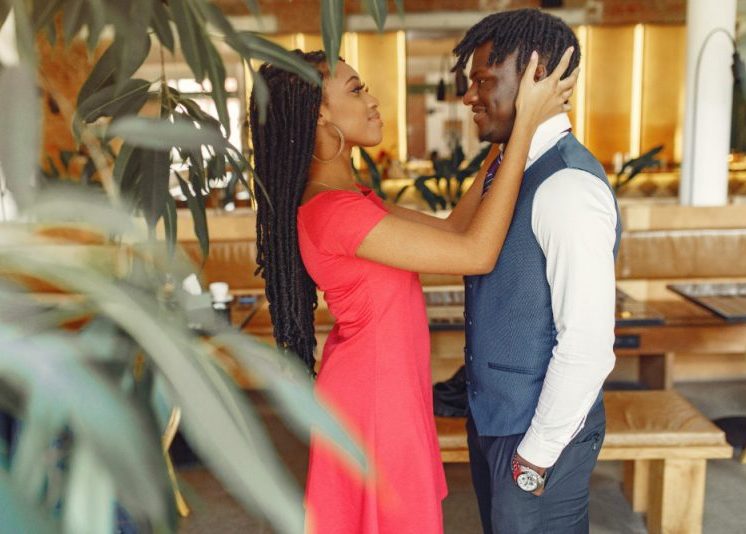The Science of Attraction: Why We Think We Have a “Type”

The Unexpected Spark
Sarah had a checklist. When it came to dating, her “type” was non-negotiable: tall, athletic, with a charmingly rugged look. Years she’d spent swiping left on anyone who didn’t fit the bill. Then came David. David was… different. Shorter than her usual criteria, definitely more inclined towards intellectual pursuits than marathons, and with a smile that was more thoughtful than traditionally “handsome.” Initially, Sarah almost dismissed his profile. But something in his witty bio and the depth of their first conversation sparked an unexpected curiosity. To her surprise, she found herself utterly captivated by his intelligence, his humor, and the way he truly listened. David was the antithesis of her proclaimed “type,” yet he was the one who made her realize how much she’d been missing by sticking to a superficial blueprint.
Sarah’s experience isn’t unique. In the often-superficial world of dating, the declaration of a “type” is commonplace. “I only date blondes.” “He has to be over six feet tall.” These pronouncements seem definitive, almost biological. But how much of our “type” is truly hardwired, and how much is a product of other, often unconscious, forces? Let’s delve into the fascinating science of attraction to understand why we think we have a “type.”
The Evolutionary Whispers
From an evolutionary perspective, attraction has historically been linked to survival and reproduction. Certain physical traits, like symmetry and signs of vitality, might have subconsciously signaled health and fertility, thus making individuals with these characteristics more appealing as potential mates. Height in men, for instance, could have been associated with protection and provision. Similarly, certain waist-to-hip ratios in women have been linked to hormonal balance and fertility. While these evolutionary whispers might still subtly influence our initial attractions, they offer an incomplete picture of modern dating complexities. Our world is far removed from purely survival-driven mate selection.
The Social Mirror
Our preferences are also heavily shaped by the social and cultural environments we inhabit. Media plays a powerful role in constructing ideals of attractiveness. The flawless, often unrealistic, portrayals of romantic partners in movies, TV shows, and advertisements can subconsciously program our expectations. Cultural norms also dictate what is considered desirable. Standards of beauty vary dramatically across the globe, highlighting the learned nature of some of our preferences. Furthermore, we often absorb the preferences of our families and peer groups. If your friends consistently date a certain “type,” you might inadvertently start to perceive those traits as more attractive.
The Footprints of Our Past
Our personal histories leave indelible marks on our romantic inclinations. Positive experiences with past partners can create a template of desirable traits. We might find ourselves drawn to individuals who remind us of someone we loved or who made us feel good. Conversely, negative experiences can also shape our “type,” sometimes leading us to seek out partners who possess or lack certain characteristics. Even our early childhood experiences and attachment styles can subtly influence the qualities we seek in a romantic partner, often unconsciously driving us towards familiar, albeit sometimes unhealthy, patterns.
The Mind’s Shortcuts: Cognitive Biases
Our brains, constantly seeking efficiency, employ cognitive shortcuts that can reinforce our belief in a “type.” Confirmation bias leads us to notice and remember instances where we were attracted to someone fitting our self-proclaimed “type,” while overlooking or dismissing connections with those who don’t. The availability heuristic makes us overemphasize recent or easily recalled examples of attraction, further solidifying our perception of a consistent preference. Perhaps most limiting is the self-fulfilling prophecy: by only pursuing our “type,” we restrict our opportunities to connect with a wider range of individuals who might offer unexpected and fulfilling relationships. Interestingly, the “mere-exposure effect” suggests that familiarity breeds liking. We often find ourselves attracted to people within our social circles simply because of repeated exposure, regardless of whether they initially fit our rigid “type.”
Beyond the Blueprint: The Depth of Connection
While initial attraction might be sparked by physical attributes that align with our perceived “type,” lasting and meaningful relationships are built on a far more complex foundation. Personality, shared values, effective communication, emotional intelligence, and mutual interests are the cornerstones of deep connection. Countless stories and research suggest that individuals who prioritize these deeper qualities often find greater happiness and longevity in their relationships, even if their partners don’t tick all the boxes on their initial checklist. Attraction, it turns out, is often fluid and can grow through genuine interaction and emotional intimacy.
Conclusion: Re-evaluating Our Preferences
The notion of having a “type” in dating is a fascinating interplay of our evolutionary inheritance, social conditioning, personal histories, and the quirks of our cognitive processes. While initial preferences are natural, understanding the multifaceted origins of our “types” can empower us to look beyond superficial checklists. Perhaps, like Sarah, we might discover that the most meaningful connections lie just outside the confines of our self-imposed blueprints. By remaining open-minded and prioritizing the deeper qualities that truly matter in a partner, we might just find ourselves surprised by the unexpected sparks that ignite genuine and lasting love.
What are your thoughts on the idea of having a “type” in dating? Have you ever been surprised by an unexpected connection? Share your experiences in the comments below!